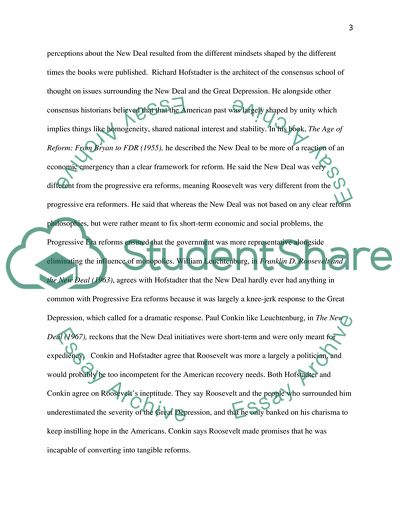Cite this document
(“Historiographical essay ( the New Deal) Example | Topics and Well Written Essays - 1750 words”, n.d.)
Retrieved from https://studentshare.org/history/1689475-historiographical-essay-the-new-deal
Retrieved from https://studentshare.org/history/1689475-historiographical-essay-the-new-deal
(Historiographical Essay ( the New Deal) Example | Topics and Well Written Essays - 1750 Words)
https://studentshare.org/history/1689475-historiographical-essay-the-new-deal.
https://studentshare.org/history/1689475-historiographical-essay-the-new-deal.
“Historiographical Essay ( the New Deal) Example | Topics and Well Written Essays - 1750 Words”, n.d. https://studentshare.org/history/1689475-historiographical-essay-the-new-deal.


